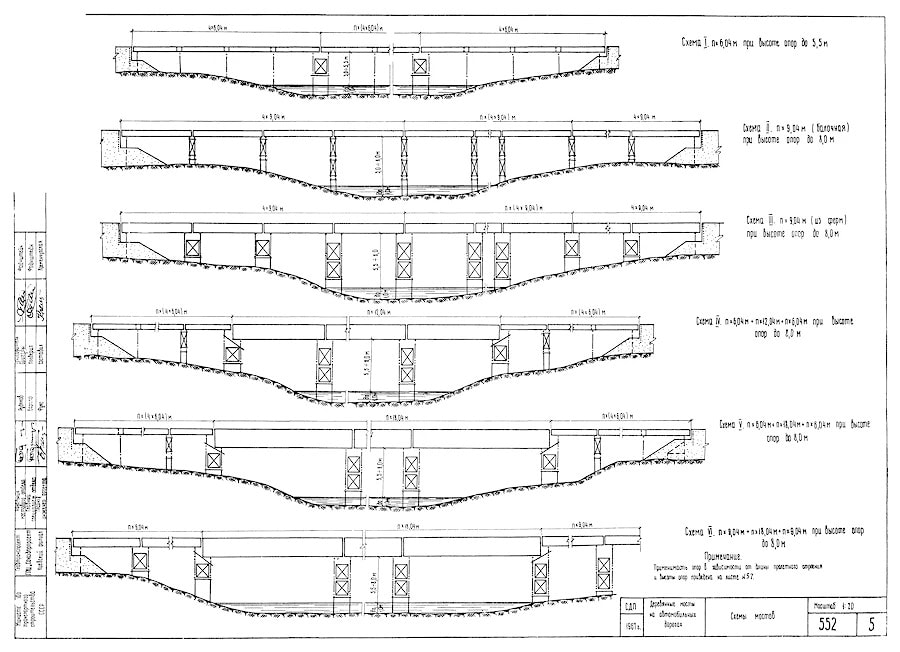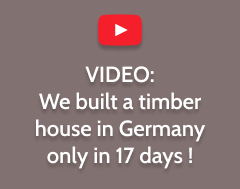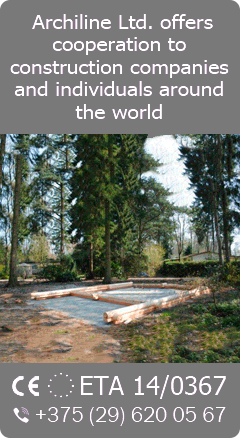|
|
Design and construction of wooden bridges
The construction of wooden bridges, especially log bridges, has a long and storied history. Some of the earliest known bridges were made of wood, with evidence dating as far back as 1000 BC. Their oldest form is the log bridge, created by cutting down a tree across a chasm to be crossed. These rudimentary structures have served mankind well over the centuries and are still in use today, especially in temporary bridges used for logging. Recommendations for the design of timber bridges: The design of a bridge varies depending on factors such as the function of the bridge, the nature of the terrain on which the bridge is built and anchored, the material used for its construction, and the means available for its construction. When choosing a timber log bridge, the main factors include the type of timber used, the span of the bridge, and the bridge abutments or abutments. The type of wood to be used for bridge construction: The type of wood used can greatly affect the durability and longevity of the bridge. For example, oak is a good choice for a wooden bridge because of its durability, and it can last 20 years or more if treated properly. Pine is a more budget-friendly material. However, the longevity of wood also depends on the climate: wood rots faster in warmer areas. The span of a wooden bridge: The span between supports should be strong enough to support the loads. Spans are usually made as short as possible; large spans are justified where good foundations are limited, e.g. over estuaries with deep water.
The supports or abutments of a wooden bridge: The abutments should be strong enough to hold the structure. Log bridges with a longer service life can be built using treated logs and/or by providing well-drained stone or concrete piers combined with regular maintenance to prevent soil infiltration. The process of building a wooden log bridge: The process of building a timber log bridge involves several steps including planning, design and construction, followed by a maintenance process to ensure the life of the structure. Planning and design of a timber log bridge: The first step in the construction process is to plan and design the bridge. This includes determining the span of the bridge, the type of wood to be used, and the design of the piers or abutments. This may also include obtaining the necessary permits to build the bridge. Construction of a wooden log bridge: The construction process begins by cutting down the trees that will be used to build the bridge. The logs are then pulled into place, often using a pulley system. The piers or abutments are constructed of stone or concrete and the logs are placed across these piers to form the span of the bridge. Maintenance of a timber log bridge: Regular maintenance is critical to ensure the longevity of the bridge. This may include treating the logs with a water preservative to prevent rotting and wood-eating insect infestation, as well as regular inspections to prevent infiltration into the soil. Modern Innovations: While traditional log bridges continue to serve their purpose, modern innovations have made it possible to build stronger and more durable timber bridges. The combination of advances in timber design, the use of laminated timber, live laminated decking and preservation treatments allows for timber bridges that are economical, easy to construct and have a long life span. Conclusion: Wooden log bridges, although simple in design and construction, have served mankind for centuries and continue to do so today. With careful planning, design and maintenance, these bridges can provide a reliable and durable means of crossing gorges and bodies of water. Modern innovations in design and woodworking have further enhanced the durability of these structures, making them a viable option for bridge construction even today. |
|
© 2025
ArchiLine Wooden Houses
114-49, Necrasov str., Minsk, Republic of Belarus, 220049
The site is powered by Nestorclub.com google.com, pub-6447061049723989, DIRECT, f08c47fec0942fa0 | |
 Good Wooden House since 2004
Good Wooden House since 2004




